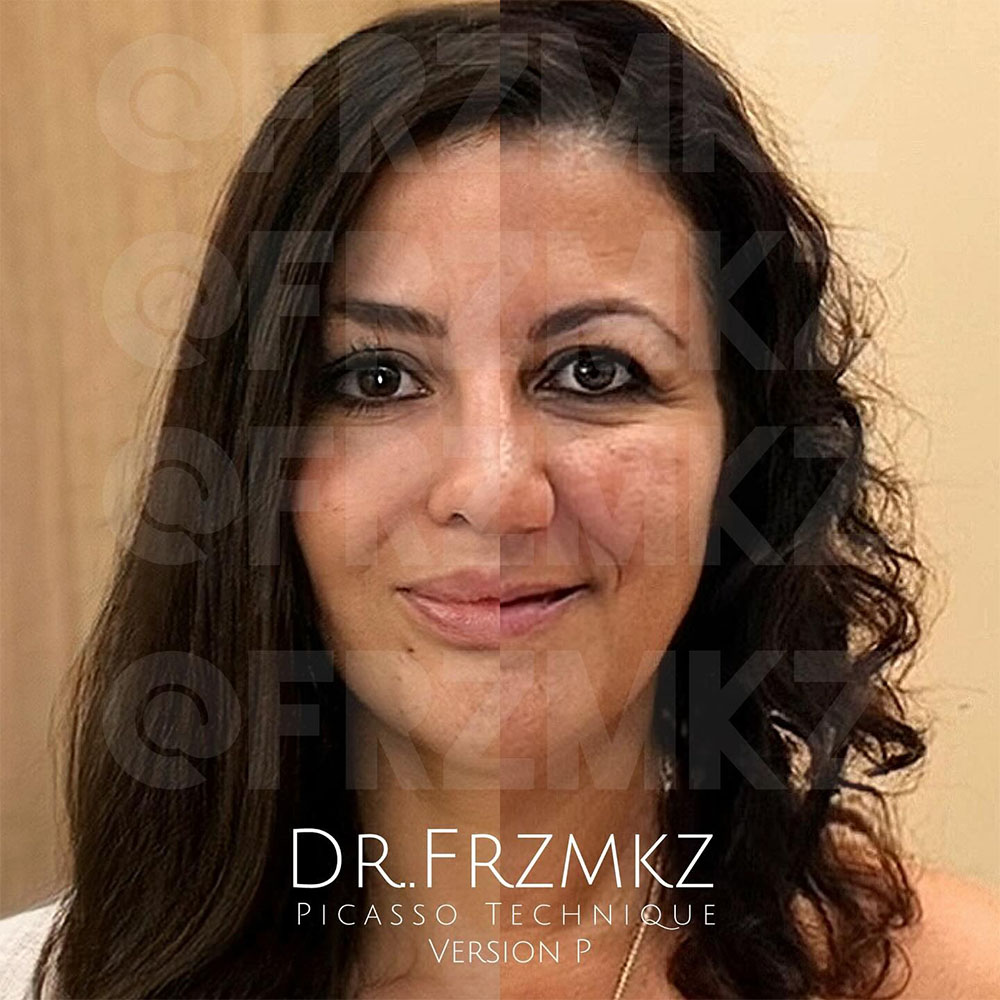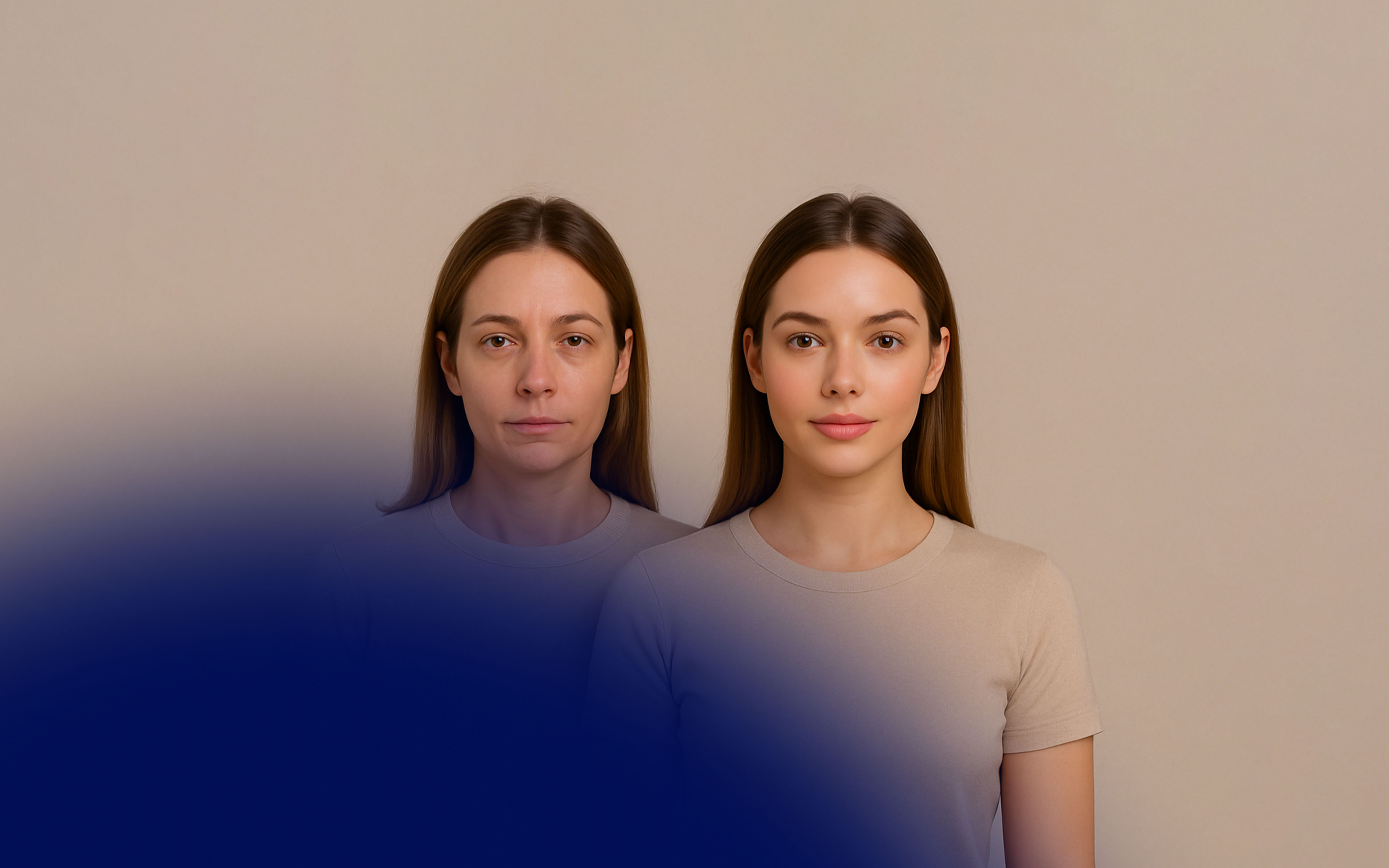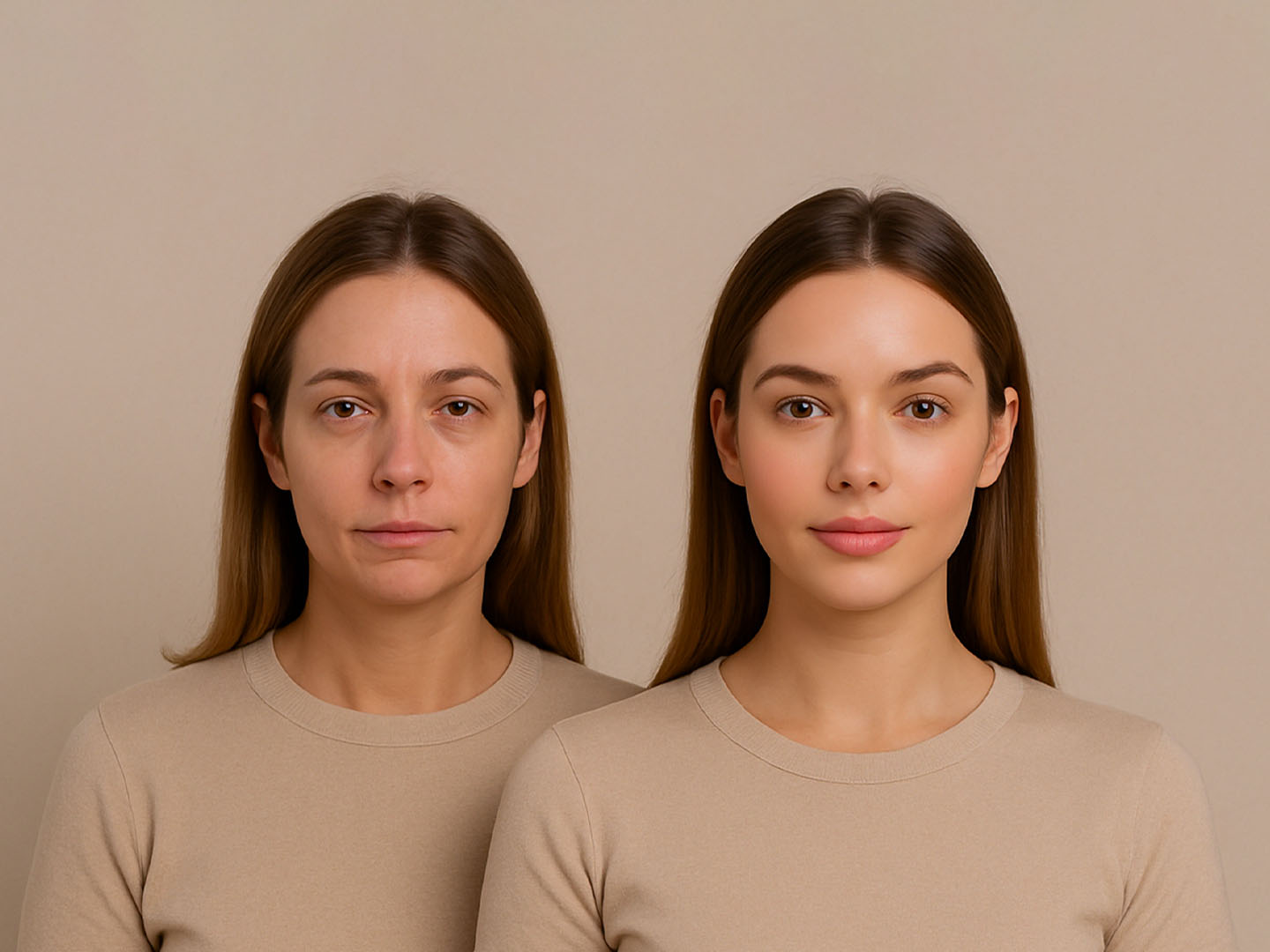
The Picasso technique has recently emerged as a hot topic in aesthetic medicine, drawing attention for its artistic, full-face approach to non-surgical rejuvenation. Popularized through social media, the technique reshapes facial contours with precise filler placement, like a sculptor working on a canvas. But is this trend backed by clinical rationale?
With its rising popularity, the Picasso technique has begun infiltrating professional forums and training discussions. Medical professionals eager to stay ahead of aesthetic trends are exploring new aesthetic courses to understand the science and safety behind this buzzworthy treatment.
What Is the Picasso Technique in Aesthetic Medicine?
Claimed to be originally developed by Dr. Farzan Malekzadeh, the Picasso technique uses dermal fillers to rejuvenate the face through artistic volume restoration and balance. Unlike traditional methods that treat isolated zones, this approach views the face holistically, aiming to recreate structure, balance, and lift.
Often marketed under different terms such as “Picasso technique face lift”, this treatment relies on advanced anatomical knowledge and injection artistry. Although not universally defined, it typically involves using hyaluronic acid-based fillers across multiple facial zones, guided by customized mapping that considers shadow, symmetry, and skeletal support.

How the Picasso Technique Is Performed
This technique uses both scientific precision and artistic mapping to deliver results. Key components of the procedure include:
- Injection tools: A combination of blunt-tip cannulas and sharp needles is used, depending on the facial area and depth of injection.
- Dermal filler types: HA-based fillers with different viscosities, like Juvéderm, Restylane, and Teoxane, are selected for superficial or structural placement.
- Facial mapping: The face is divided into quadrants, with careful consideration of anatomical landmarks and safe zones.
- Strategic filler placement: Small amounts are injected into areas like the temples, cheeks, chin, jawline, nasolabial folds, and tear troughs.
- Layered depth technique: Filler is placed at multiple depths to support soft tissue, enhance projection, and avoid over-volumization.
- Artistic evaluation: The injector adjusts throughout the session, continuously reassessing symmetry, lift vectors, and proportion.
Claimed Aesthetic Outcomes: What Results Can Be Expected?
Patients considering the Picasso technique are often drawn to its promise of balanced, full-face rejuvenation without surgery:
- Non-surgical lift effect: Creates the illusion of a facelift by lifting midface tissues and enhancing structural support.
- Facial contour enhancement: Defines the jawline, chin, and cheekbones for a sculpted, youthful appearance.
- Smooth zone transitions: Minimizes harsh demarcations between facial regions, such as the midface and lower face.
- Volume restoration: Replenishes age-related volume loss, particularly in the temples, cheeks, and perioral area.
- Overall facial harmony: Tailors proportions to fit the patient’s natural features, supporting a balanced and artistic outcome.
- Temporary, yet long-lasting effects: Results typically last between 12–18 months, depending on product choice and individual metabolism.
Why Is the Picasso Technique Going Viral?
The viral appeal of the Picasso technique stems from its visual results and branding. Videos showing dramatic before-and-after transformations circulate widely, often paired with artistic overlays and upbeat music. Patients and injectors find the idea of a Picasso-style makeover compelling.
Additionally, the name “Picasso” evokes creativity, mastery, and reinvention, all key selling points in the aesthetics industry. Social media influencers and aesthetic clinics showcasing these results contribute to its rising popularity, especially in the US and parts of Europe.

Clinical Considerations: Is the Technique Based on Established Principles?
The growing popularity of the Picasso technique has also raised questions among medical professionals about its clinical legitimacy and ethical promotion. While many injectors report impressive outcomes, concerns have surfaced regarding exaggerated marketing claims, inconsistent practitioner training, and potential misuse in unregulated settings.
While the branding may seem flashy, the Picasso technique is rooted in anatomical and aesthetic fundamentals. It shares similarities with MD Codes. This technique, developed by Dr. Mauricio de Maio, provides a standardized approach to facial filler injections using precise anatomical landmarks. The Picasso technique also aligns with full-face harmonization protocols that prioritize safe zones and vector-based lifting.
However, it is not a formalized or standardized technique endorsed by any governing body. Medical injectors should evaluate the methodology against established training and evidence-based principles. Safe practice remains paramount, and injectors must adapt techniques to individual facial anatomy.
Safety and Training: What Practitioners Should Keep in Mind
The safety and success of the Picasso technique depend almost entirely on the injector’s expertise. When performed by a skilled and certified medical professional, the method can yield impressive, natural-looking results with minimal risk. However, in the hands of undertrained or unlicensed providers, particularly in the context of medical tourism, risks increase significantly.
Proper education, patient assessment, and anatomical knowledge are essential. Practitioners are encouraged to attend skin tightening training and dermal filler training sessions to ensure responsible integration of such procedures into clinical practice. Trending techniques like this often lack peer-reviewed studies, making safety and training critical.
Comparison with Other Advanced Techniques
The Picasso technique aligns conceptually with MD Codes, structural fillers, and liquid facelifts in its multi-zone, holistic approach. However, it stands out through its branding, artistic presentation, and reliance on aesthetic interpretation.
Unlike MD Codes, which follow a fixed injection guide, Picasso is more intuitive, tailoring each session based on individual features. It can be more demanding in terms of skill, requiring not just anatomical expertise but also an artistic eye and strong injector-patient communication.
Is the Picasso Technique Worth Exploring?
The Picasso technique offers a fresh, artistically driven take on full-face filler rejuvenation. While its name and viral status may raise skepticism, the core concept emphasizes balanced, non-surgical facial enhancement.
For medical professionals considering this technique, patient safety, structured training, and individualized planning are non-negotiable. The best outcomes come from ongoing education, such as masterclass training at HubMed Ed, which helps practitioners assess new trends with a critical, evidence-informed eye.

FAQs
Why is the Picasso technique controversial?
The controversy around the Picasso technique lies in its lack of standardized training protocols, coupled with its strong emphasis on visual marketing and viral content. Some practitioners question whether the dramatic results promoted online reflect safe, replicable practice grounded in clinical evidence.
What is the micro Picasso technique?
The micro Picasso technique refers to using ultra-small filler injections in highly specific facial zones, often for subtle contouring or touch-ups. It’s a refined variation of the broader Picasso method. It is often used as a finishing technique to enhance detail after full-face treatments.
What is the Picasso technique for face?
It’s a non-surgical aesthetic treatment using dermal fillers to harmonize and contour the entire face, focusing on symmetry, proportion, and volume. The technique emphasizes a holistic view of beauty rather than isolated corrections.
Who is the doctor of Picasso technique?
The technique was created by Dr. Farzan Malekzadeh (based on his social media profiles), though variations of this method exist and are performed by multiple injectors globally.
Is Picasso technique no surgery procedure?
Yes, it’s considered a non-surgical approach that uses injectable fillers rather than surgical intervention for facial rejuvenation. It involves no incisions, anesthesia, or extended downtime.
Is there Picasso technique filler treatment?
Yes, the core of the technique revolves around hyaluronic acid dermal fillers strategically placed for structural and aesthetic enhancement. This allows practitioners to sculpt and refine facial structure with precision.
How long is the recovery from Picasso technique plastic surgery?
Since it’s non-surgical, recovery is minimal, typically involving minor swelling or bruising that resolves within a few days. Most patients can resume daily activities within 24 to 48 hours.
References:
- Yang J. Popular non-invasive cosmetic procedures worldwide 2024. Statista website. Published June 27, 2025. Accessed July 2, 2025. https://www.statista.com/statistics/293449/leading-nonsurgical-cosmetic-procedures/
- U.S. Food and Drug Administration. Dermal Fillers (Soft Tissue Fillers). FDA website. Updated February 2, 2024. Accessed July 2, 2025. https://www.fda.gov/medical-devices/aesthetic-cosmetic-devices/dermal-fillers-soft-tissue-fillers
- Lindberg S. A Nonsurgical Facelift: What Are the Options? Healthline. Updated September 20, 2022. Accessed July 2, 2025. https://www.healthline.com/health/non-surgical-facelift
- Whittaker R. Social media goes wild for ‘unbelievable’ plastic surgery transformations that turn ordinary women into supermodels – but surgeon is under fire. Daily Mail. Published February 10, 2025. Updated February 14, 2025. Accessed July 2, 2025. https://www.dailymail.co.uk/health/article-14379951/plastic-surgeon-technique-picasso-transformations-doctor-fire.html
*This article is intended for licensed medical professionals. All protocols, dosages, and treatment insights referenced herein are based on published literature. The content is not intended to encourage application, diagnosis, or self-treatment of unlicensed individuals, and should not be used as a substitute for the clinical judgment of a qualified healthcare provider.
Disclaimer:
This article is intended for licensed medical professionals. All protocols, dosages, and treatment insights referenced herein are based on published literature. The content is not intended to encourage application, diagnosis, or self-treatment of unlicensed individuals, and should not be used as a substitute for the clinical judgment of a qualified healthcare provider.

